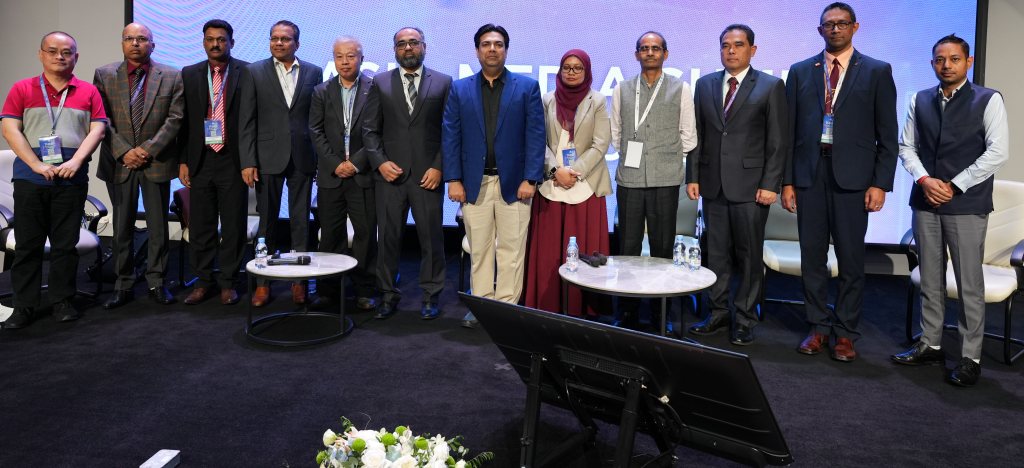
Embracing Emerging Technologies: Shaping the Future of Broadcasting
The session at the Asia Media Summit on “Capitalizing on Emerging Broadcasting Technologies” highlighted the pressing need for broadcasters to embrace new technological advancements. As digital platforms proliferate and audience behaviors evolve, experts from across the broadcasting industry gathered to discuss strategies for sustainability and maintaining relevance in a rapidly changing media environment.
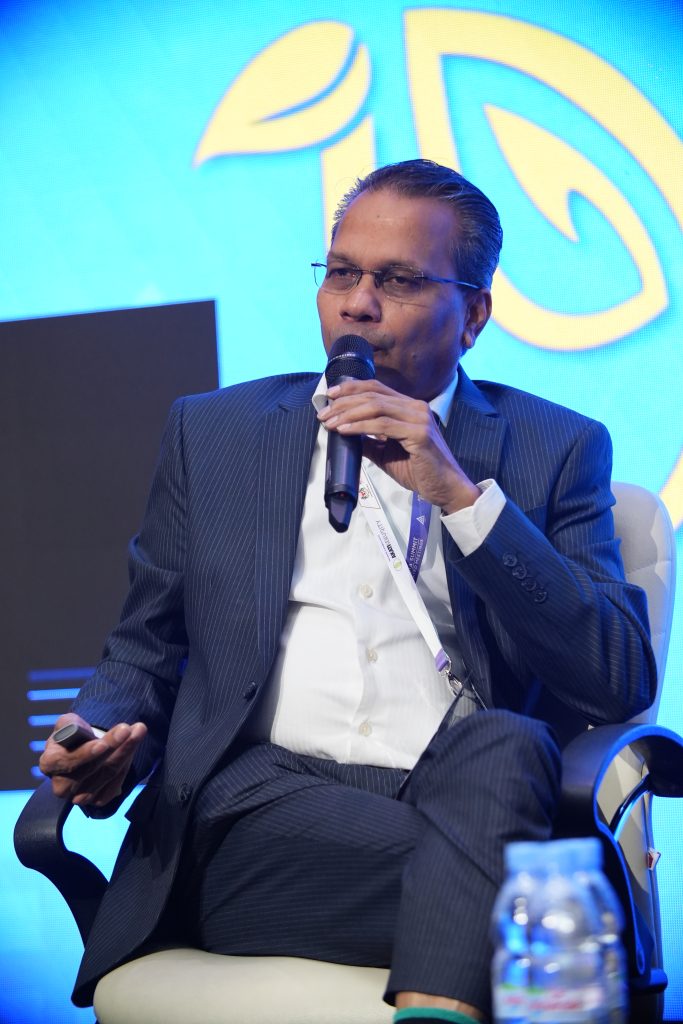
Mr. Bala Murali Subramaney, Chief Technology Officer and Chartered Engineer from Malaysia, began by exploring the integration of telemetry into radio studio operations. He explained that real-time data analytics, through telemetry, improves operational intelligence, enabling radio studios to manage resources more efficiently and maintain smooth performance. This technology offers broadcasters the flexibility to respond to challenges dynamically, optimizing decision-making processes and improving overall studio management.

Mr. Liming Fu, Chief Representative of IABM for the Asia Pacific region, addressed the growing trends in the Ultra-High Definition (UHD) sector within the media industry. He emphasized the challenges posed by the economic landscape, particularly following the COVID-19 pandemic, but highlighted the opportunities emerging from technological evolution, including cloud virtualization and artificial intelligence (AI). According to Mr. Fu, UHD standards bring significant benefits but also require substantial investments. He stressed the importance of standardization to lower costs and encourage wider adoption. Furthermore, cloud solutions can drive efficiency while AI enhances content creation and delivery, improving the viewer experience.

Ms. Nurulhusna binti Mohammad Kasim, Media Technology Application Officer at RTM Malaysia, shared a case study on RTM Klik, the public broadcaster’s Over-the-Top (OTT) platform. She discussed its growth trajectory, underscoring the platform’s strategic shift to the cloud in 2013. Today, RTM Klik offers seamless access to a broad array of services, including eight television channels and 41 radio programs, with over 7 million active users. Ms. Nurulhusna emphasized the importance of utilizing 5G and AI to enhance user experience and expand RTM Klik’s influence across Malaysia and the broader ASEAN region. Additionally, she outlined the platform’s monetization strategy, relying on ad-supported content to dominate the OTT market.
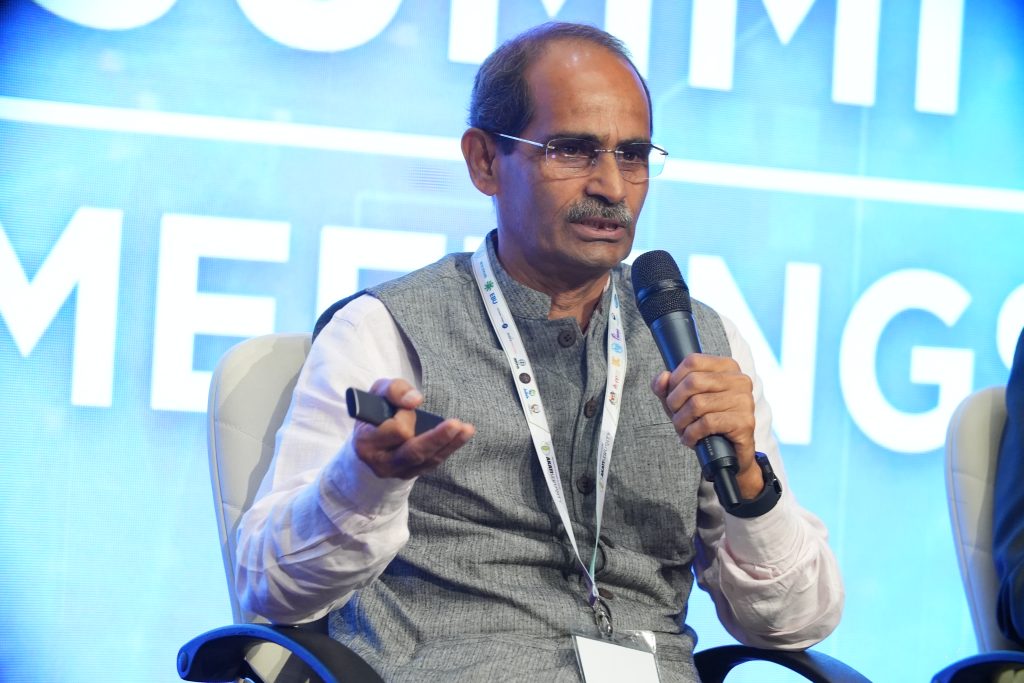
Mr. A. K. Jha, Deputy Director General of Prasar Bharati, India, presented a case study on Doordarshan’s OTT platform, showcasing its role in expanding digital access across India, particularly in rural areas. He elaborated on how Doordarshan’s extensive experience in traditional broadcasting has been leveraged to create an OTT platform that reaches over 100 million users. Mr. Jha also explored the competitive landscape of OTT services, focusing on content diversity, AI-driven recommendations, and strategies for cost-effective service delivery.
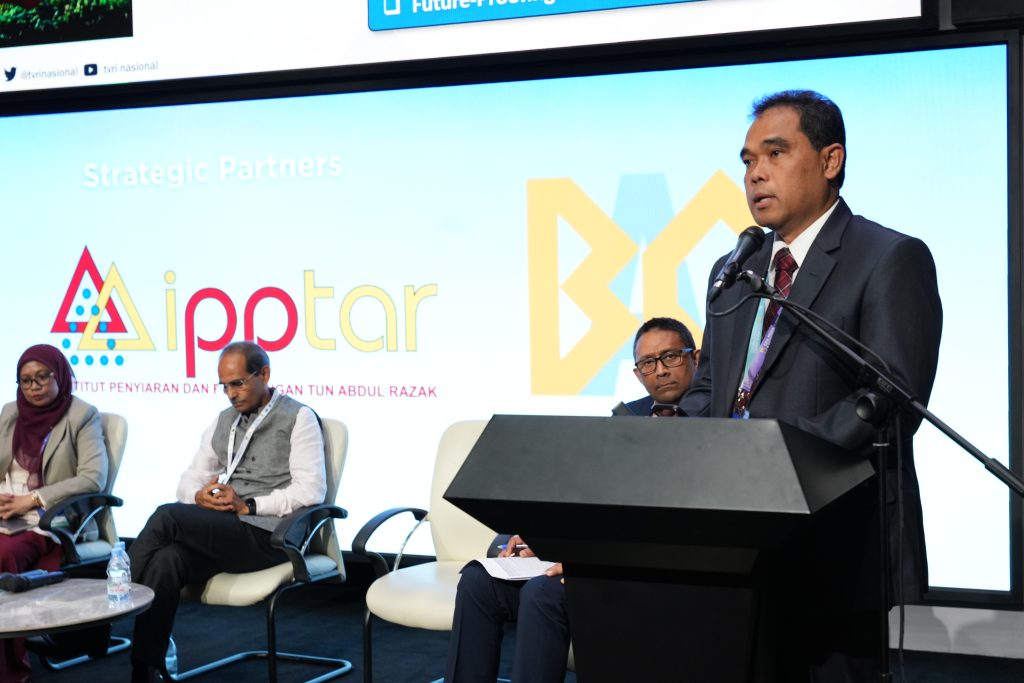
Mr. Bernardus Satriyo Dharmanto, Chief Technology Officer of TVRI Indonesia, discussed the transformation of Indonesia’s public broadcaster in the face of rapid technological changes. He highlighted TVRI’s initiatives to modernize its operations, which include the development of OTT platforms and the promotion of citizen journalism. Mr. Satriyo underscored the importance of adopting sustainable practices and creating ethical content that engages local communities, ensuring TVRI’s continued relevance in the digital era.
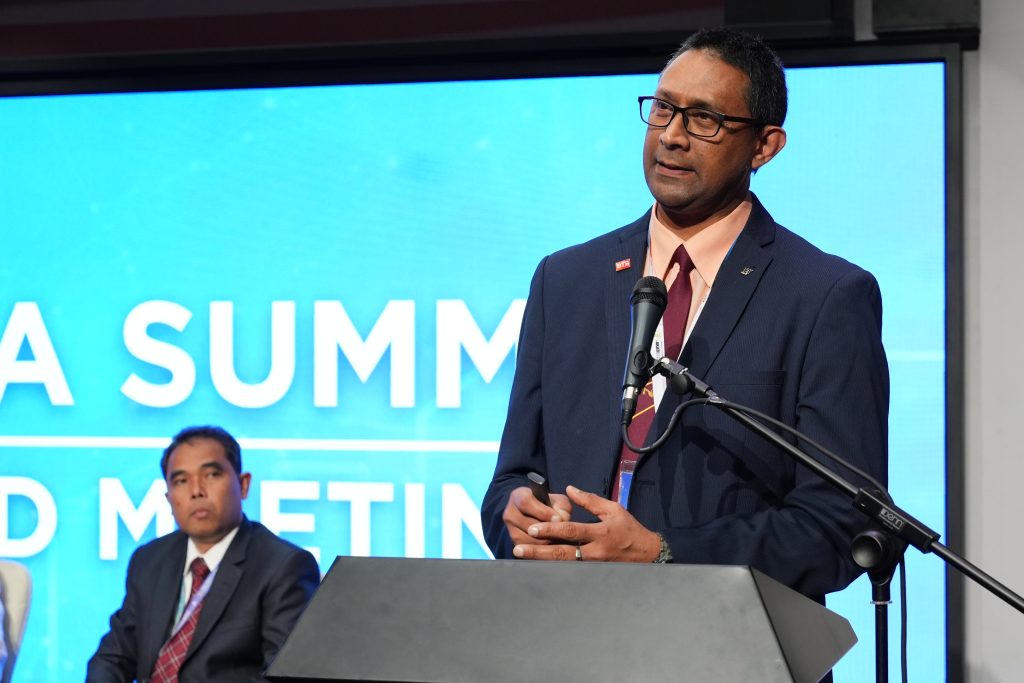
Dr. Amal Punchihewa, a broadcast engineer from New Zealand, focused on future broadcast distribution models, advocating for a shift towards Internet Protocol (IP)-based broadcasting and 5G technology. He noted that sustainability and accessibility will be key drivers of future broadcasting success, urging broadcasters to adopt innovative content delivery strategies. Dr. Punchihewa also emphasized the need to address the challenges posed by the rise of OTT platforms and highlighted the necessity for a multi-platform approach to content distribution.

Mr. Aamir Raiz, the moderator from the International Telecommunication Union (ITU), concluded the session by emphasizing the pivotal role of technological evolution in broadcasting. He highlighted the significant opportunities presented by advancements in production and transmission for traditional broadcasters. “This session is vital as it addresses how we can strategically harness technology to define the next generation of broadcasting business models,” he remarked. Mr. Raiz stressed the importance of integrating diverse perspectives from industry leaders to foster collaboration and innovation.
The session rapporteurs were:
1. Mr Kapila Dasanayake, SLRC, Sri Lanka
2. Mr. PANKAJ GIRI, Becil, India
3. Mr. Chen Yi An Steven, RTHK, Hong Kong
4. Mr. Krishna Chandra Paudel
The session concluded with a consensus on the need for broadcasters to adopt agile, data-driven approaches, such as cloud migration and IP-based distribution, to remain competitive in today’s digital-first world.
